This LEGO Architecture Tokyo set is built in two main stages. The first stage utilizes one large numbered bag (641H9) and one smaller unnumbered bag. These bags contain the parts necessary to construct the base of the skyline, a small traditional temple structure positioned on the left side, and the iconic Tokyo Tower — a centerpiece of the LEGO Architecture Tokyo skyline display.
Bag 1
In the first bag, the build begins with the base, followed by the construction of the Tokyo Tower. On the far left side, a small temple is also assembled, completing this section of the LEGO Architecture Tokyo set.
Base
The base of the LEGO Architecture Tokyo set follows the typical design of the Skyline series, measuring 34 studs in width. The depth varies, with the right and left sides being 4 studs deep, while the area supporting the Tokyo Tower extends to 12 studs deep. This depth is greater than most sets in the series, though not unprecedented. For comparison, the #21044 Paris Skyline base measures 36×13 studs—two studs wider and one stud deeper.
While the base of the LEGO Architecture Tokyo set isn't particularly complex, I did notice an interesting detail: two 1×5 Rotor pieces (part 32124) are used in separate locations. These pieces enable buildings to be securely attached using a Technic Axle connection, adding an extra layer of stability and integration to the overall build.

Bag 2
The second bag contains all the remaining elements needed to complete the LEGO Architecture Tokyo skyline. This stage includes the construction of the rest of the city’s iconic landmarks, bringing the full model together into a vibrant and detailed miniature representation of Tokyo.

Shibuya Crossing
Next in the LEGO Architecture Tokyo skyline build is the iconic Shibuya Crossing, one of the busiest pedestrian intersections in the world. Located just outside Shibuya Railway Station, this famous crossing halts vehicle traffic in all directions, allowing crowds of pedestrians to move freely across the intersection from every angle at once. With such constant activity, it’s no surprise that the surrounding buildings are adorned with vibrant signs and electronic displays—drawing frequent comparisons to New York’s Times Square. The model captures this urban energy with a compact but colorful representation, bringing this chaotic and exciting Tokyo landmark to life.

In the LEGO Architecture Tokyo skyline set, Shibuya Crossing is brought to life using one of the most colorful combinations of LEGO pieces seen in the series. Most impressively, the right-hand corner of the intersection features a vertical stack of 1×1 round plates in eight different transparent colors, creating a dazzling, kaleidoscopic effect. The build also includes 12 printed tiles (six unique patterns) to represent crosswalks and building facades—these details will be explored more thoroughly later.
The final result is a vibrant, miniature Technicolor homage to Tokyo’s most famous intersection. Though the model may even outshine real-life photos in terms of color, it successfully captures the dynamic and chaotic energy that defines Shibuya. Specific buildings are not clearly identifiable from the model, which may make it harder to connect to real-world counterparts unless you've visited the area in person. One small disappointment is the absence of a custom tile for the diagonal crosswalk—a defining element of the real-life crossing that would have added even more authenticity to this section of the LEGO Architecture Skylines Tokyo set.

Tokyo Big Sight
One of the standout landmarks in the LEGO Architecture Tokyo skyline is Tokyo Big Sight, a striking convention center located along Tokyo’s waterfront. Completed in 1996, it’s instantly recognizable for its four massive inverted pyramids, which form the central architectural feature of the building. The LEGO model captures this unique geometry with impressive accuracy, adding both visual variety and architectural depth to the LEGO Architecture Skylines Tokyo set. As one of Japan’s largest exhibition centers, Tokyo Big Sight is a modern icon that perfectly complements the mix of historic and contemporary landmarks in this skyline.

Mount Fuji
In the LEGO Architecture Tokyo skyline set, Mount Fuji—an iconic symbol of Japan and a defining feature of the landscape beyond Tokyo—is included as a backdrop element. However, its representation falls short in terms of accuracy. A faithful symbolic depiction of Japan’s highest peak requires two essential features: a sharply tapering cone near the summit and a clean, horizontal snowcap. Unfortunately, the LEGO version features an incorrect slope on the left side and an uneven snowcap, which undermines its visual impact.
Given Mount Fuji’s cultural and geographic significance, especially within the context of LEGO Architecture Tokyo, this oversight feels particularly noticeable. Interestingly, the resulting shape more closely resembles Mount Rainier near Seattle—with its rounder, softer peak—than the iconic symmetrical form of Fuji. For Tokyo natives or those familiar with both cities, this comparison might strike a chord, but for LEGO architecture enthusiasts and collectors, it’s a missed opportunity in an otherwise vibrant skyline set.

Tokyo Skytree
A highlight of the LEGO Architecture Tokyo skyline set is the inclusion of Tokyo Skytree, the tallest free-standing structure in the world at an astonishing 634 meters. Completed in 2012 to take over broadcasting functions from Tokyo Tower amid Japan’s shift to digital transmission, it quickly became a defining feature of the city’s modern identity.
In real life, Tokyo Skytree towers above the urban landscape and can be seen from nearly every corner of the city. Within the LEGO Architecture Skylines Tokyo set, it maintains its symbolic dominance—even in miniature—adding impressive verticality and scale to the model. As the second-tallest building in the world (surpassed only by Dubai’s Burj Khalifa), its presence in this set is both essential and iconic, anchoring the skyline with a sense of futuristic ambition and engineering excellence.
Conclusions & Recommendation
The LEGO Architecture Tokyo skyline set evokes strong emotions—especially for those who call the city home. One builder, a Tokyo-born fan, offers a uniquely personal reflection on the model, shaped by their lifelong connection to the city. While the set captures many iconic landmarks with vibrant detail and creative techniques, it naturally falls short of fully encapsulating the deeper, everyday essence of Tokyo.
Their passion for the city led them to create their own microscale version of Tokyo back in 2011—years before the official LEGO Architecture Skylines Tokyo set was released. That custom build included not only well-known spots like Shibuya and the National Diet Building, but also elements that reflect Tokyo’s living, breathing reality: local trains, bullet trains, aging apartment complexes, seaport cranes, and warehouses.
From this deeply rooted perspective, the official LEGO set—though charming and full of bright energy—feels a little idealized. Still, it’s a thoughtful and striking representation that will resonate with fans of Tokyo, architecture enthusiasts, and collectors alike.
Recommendation:
If you're a fan of the LEGO Architecture Skylines series or have a special connection to Tokyo, this set is definitely worth picking up. While it may not capture every nuance of the city, it brings Tokyo’s most famous landmarks together in a compact, display-worthy model. For those looking for a more immersive or localized build, it might even serve as a springboard for your own microscale Tokyo creation.






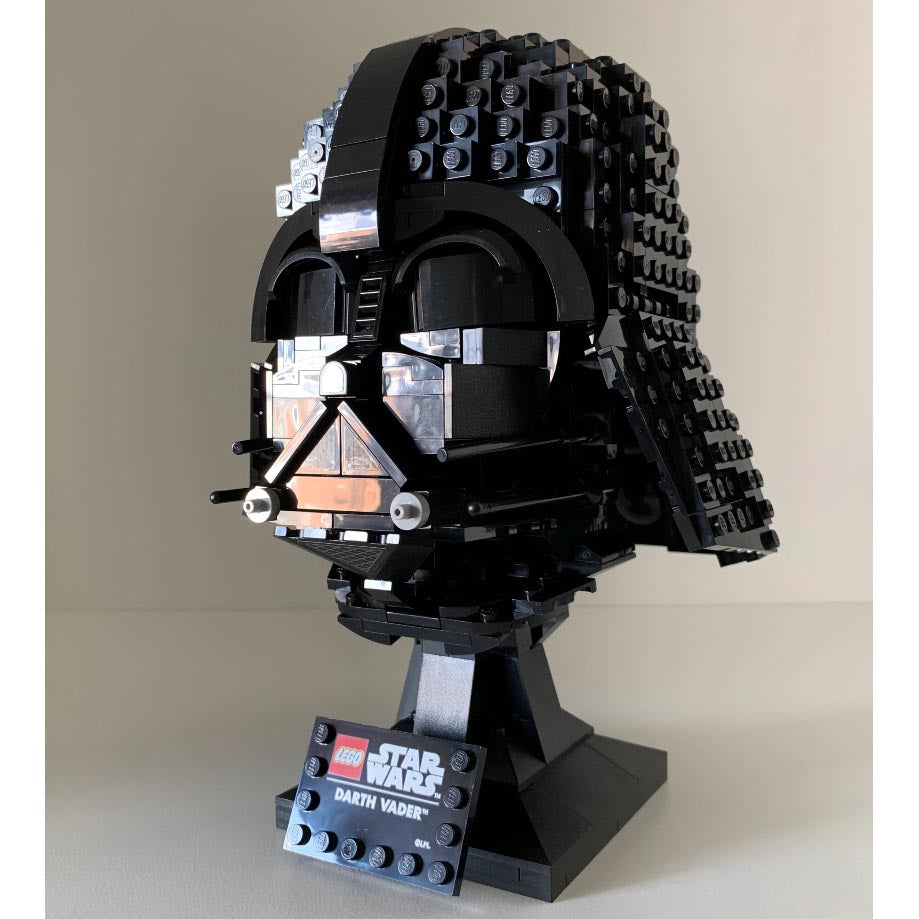

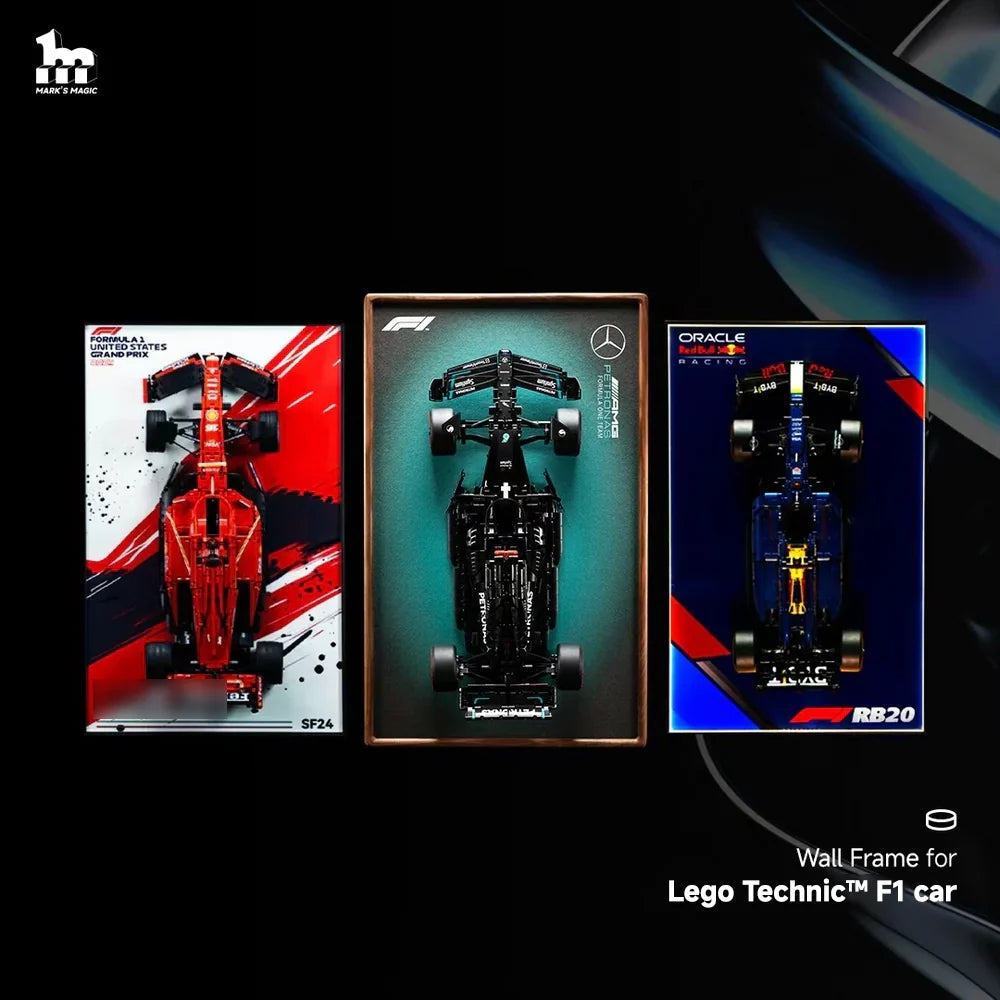
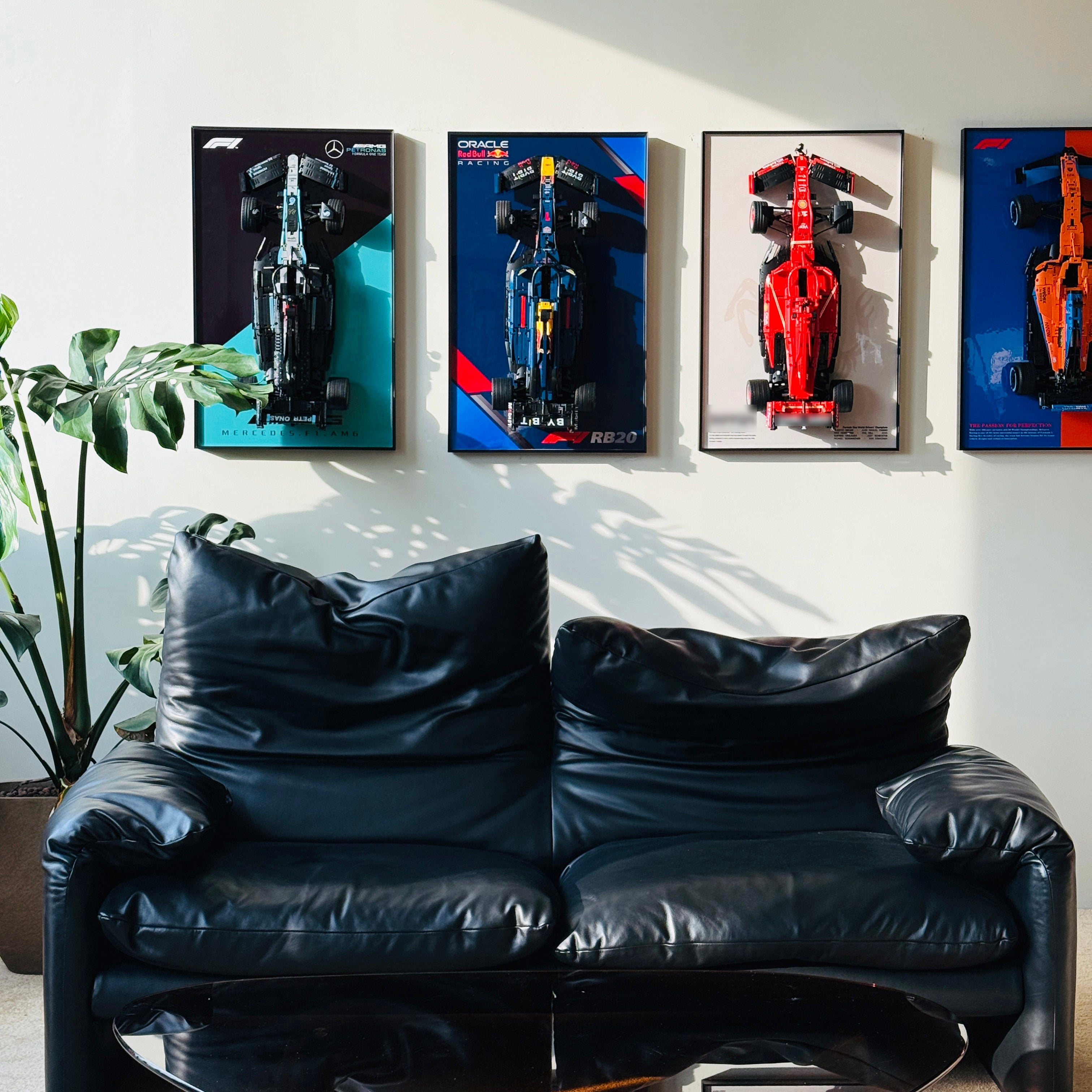
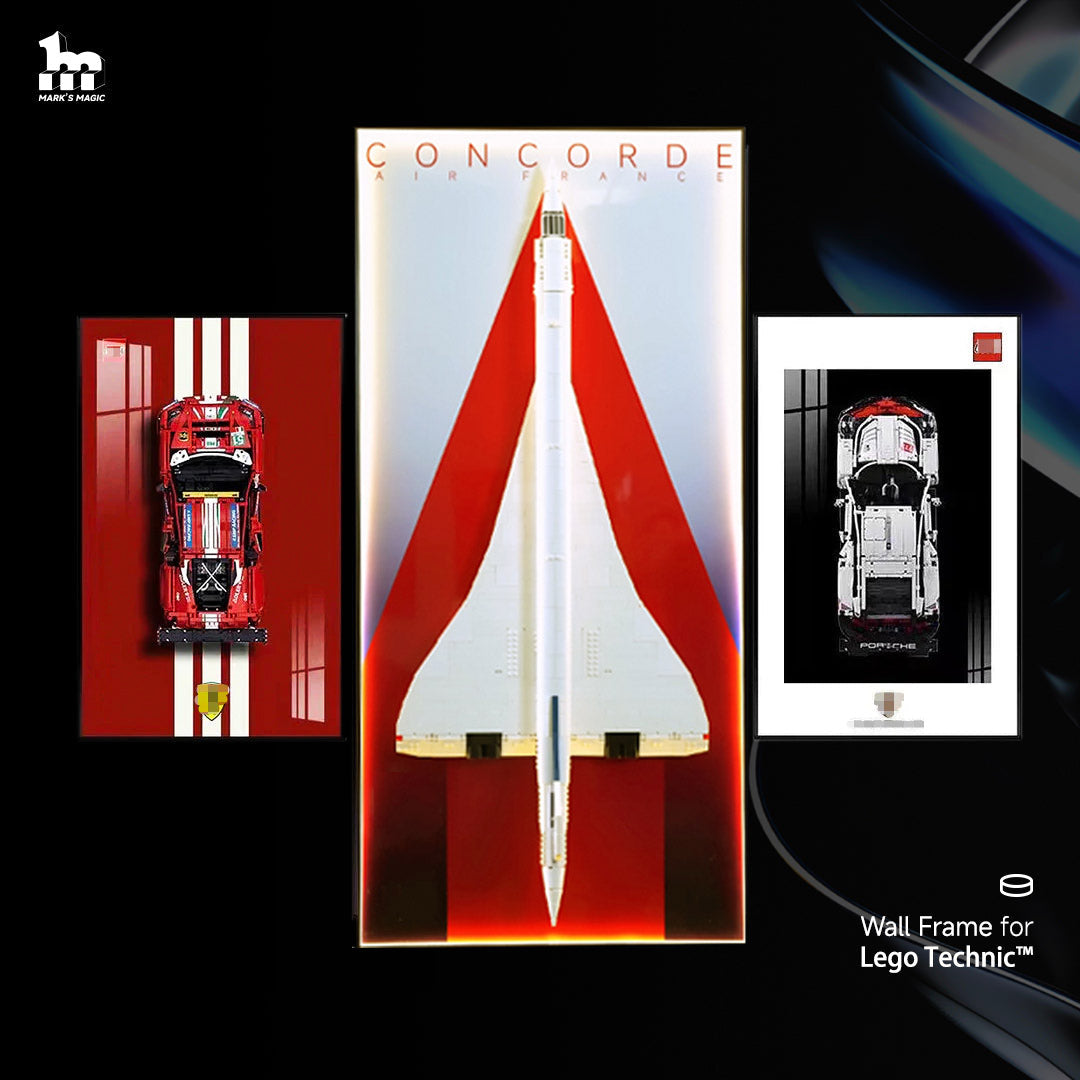
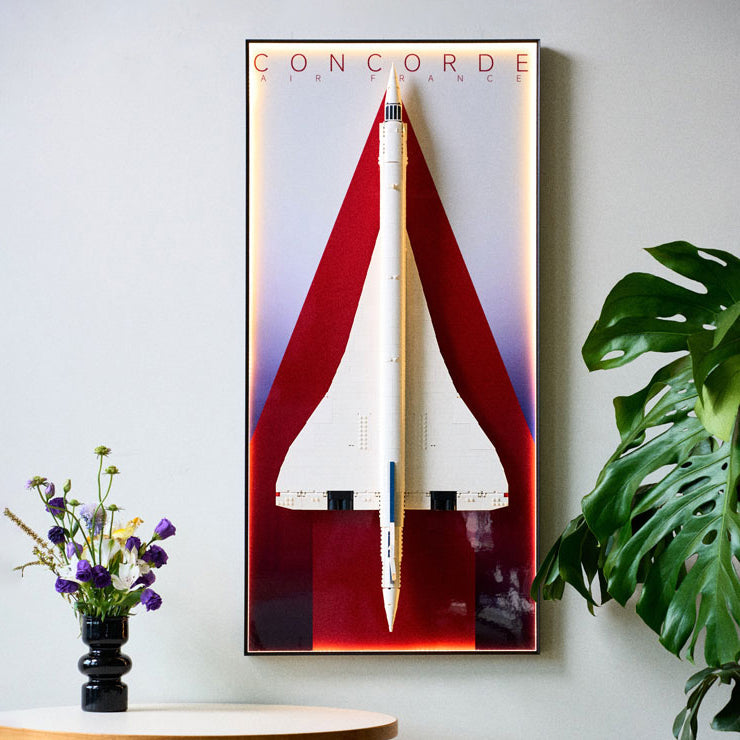

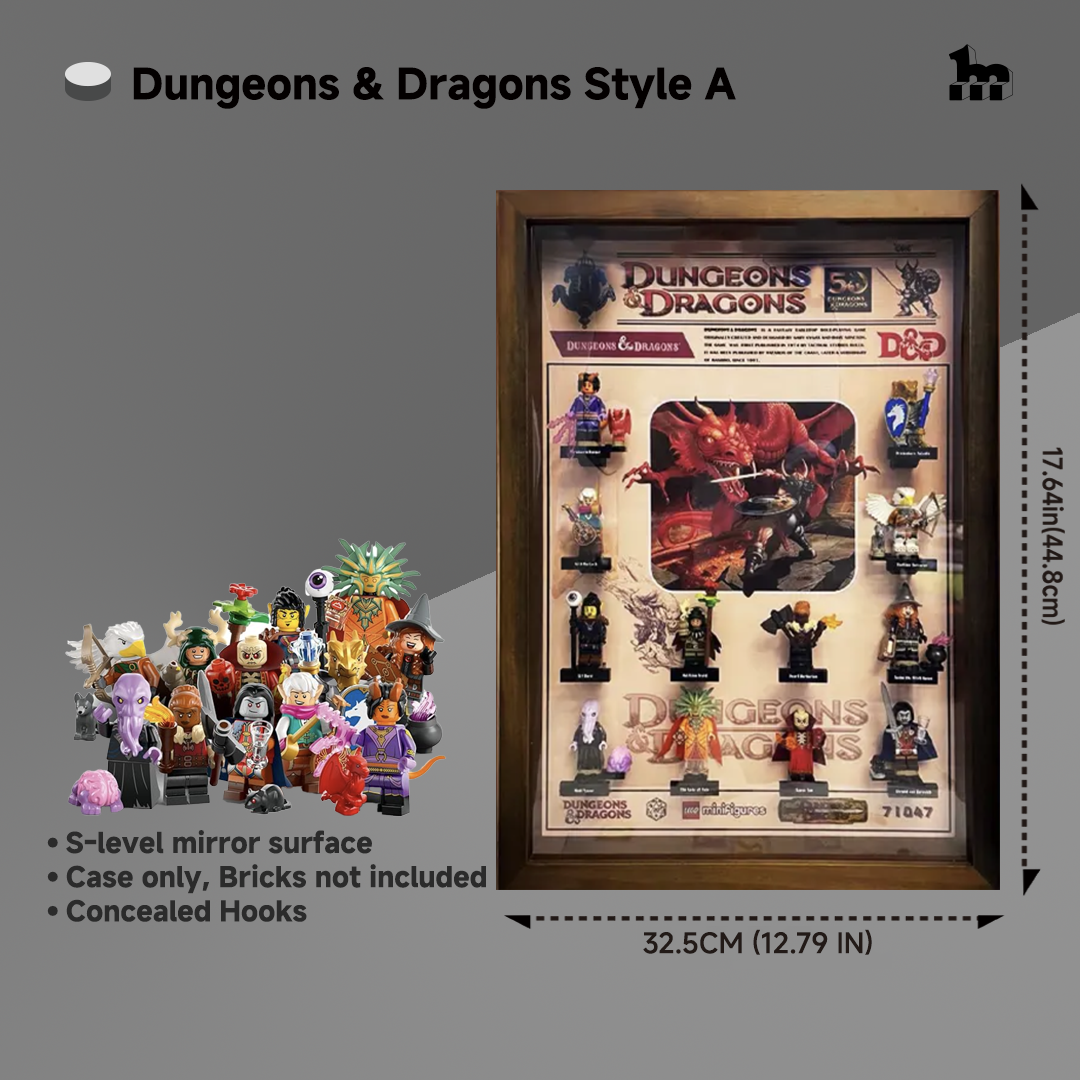
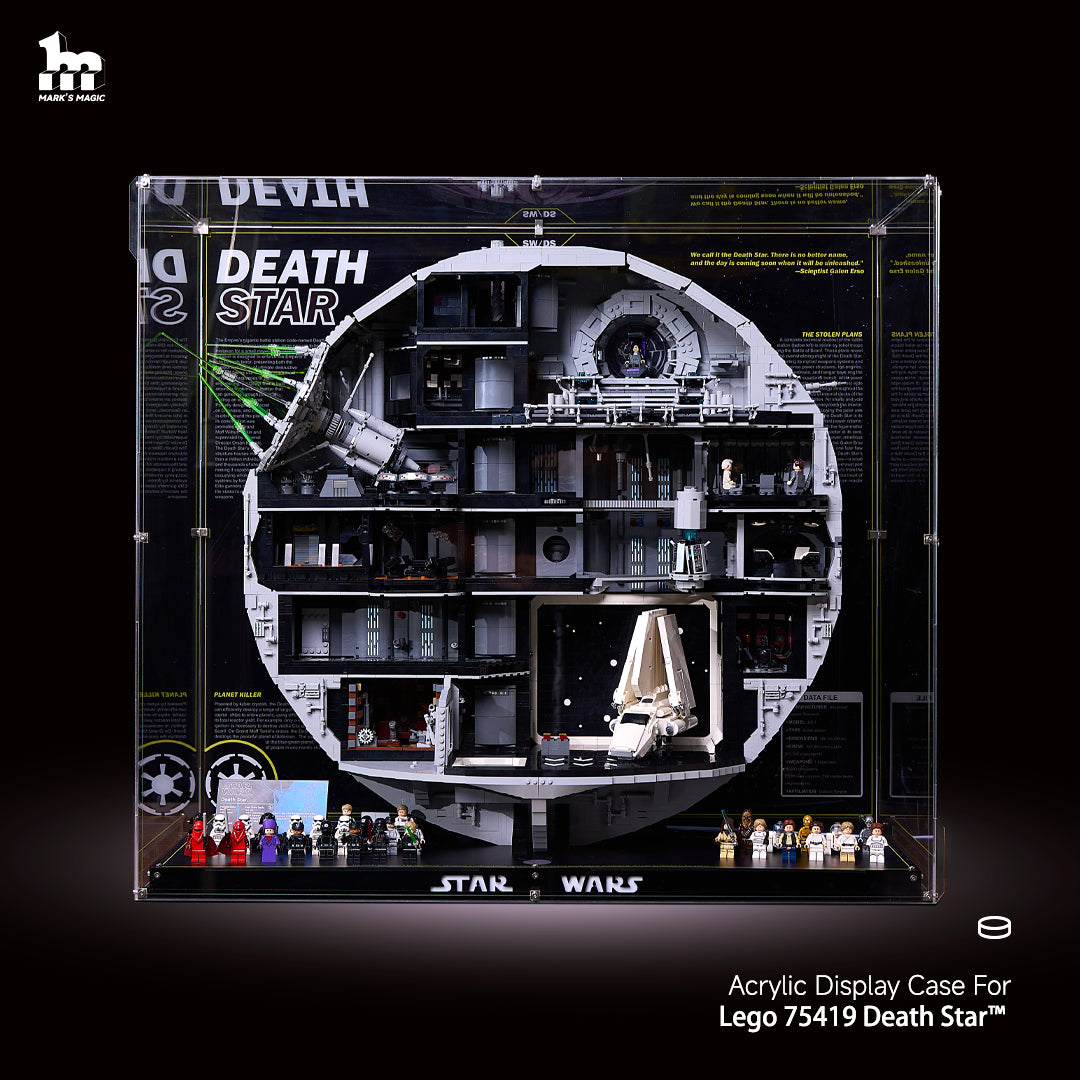

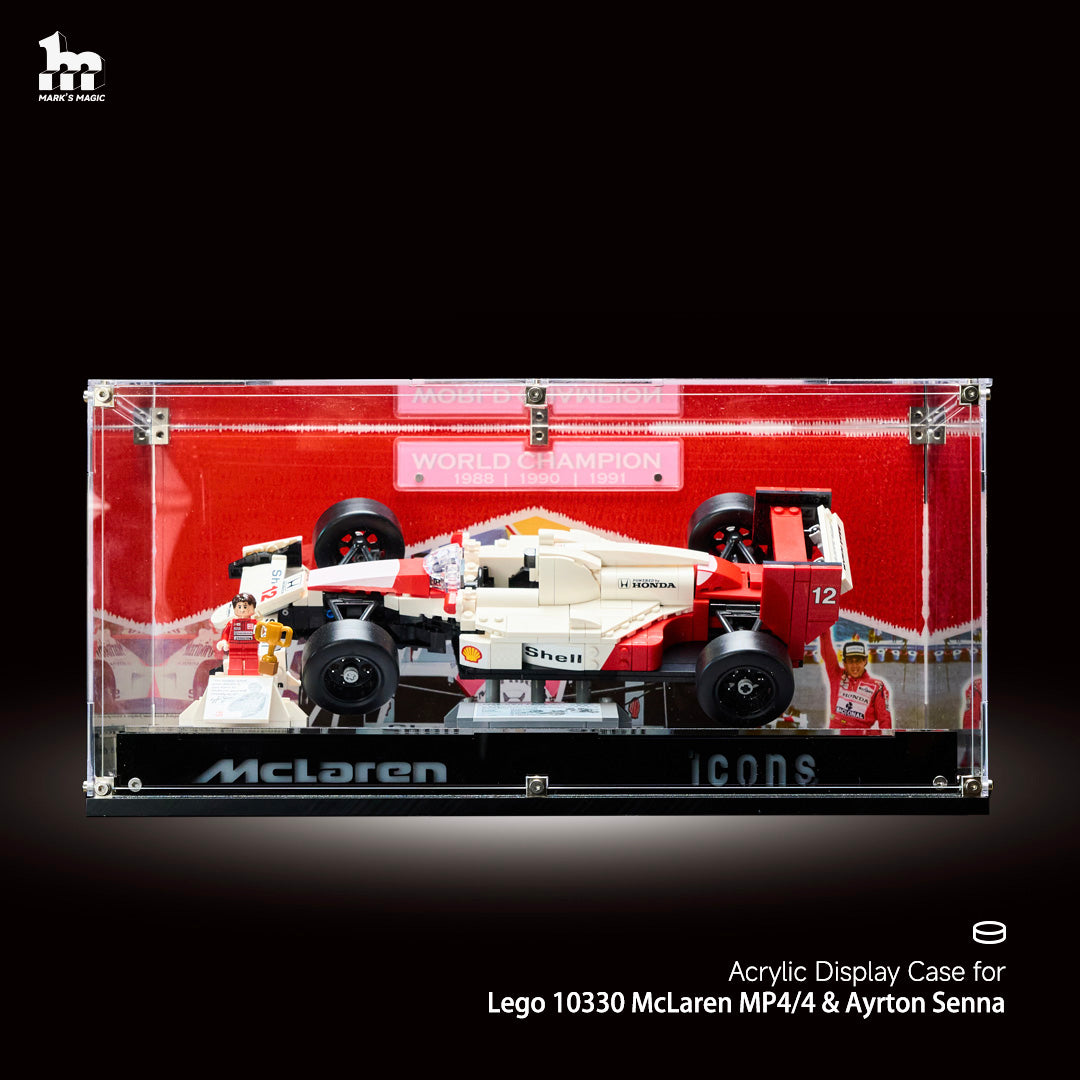



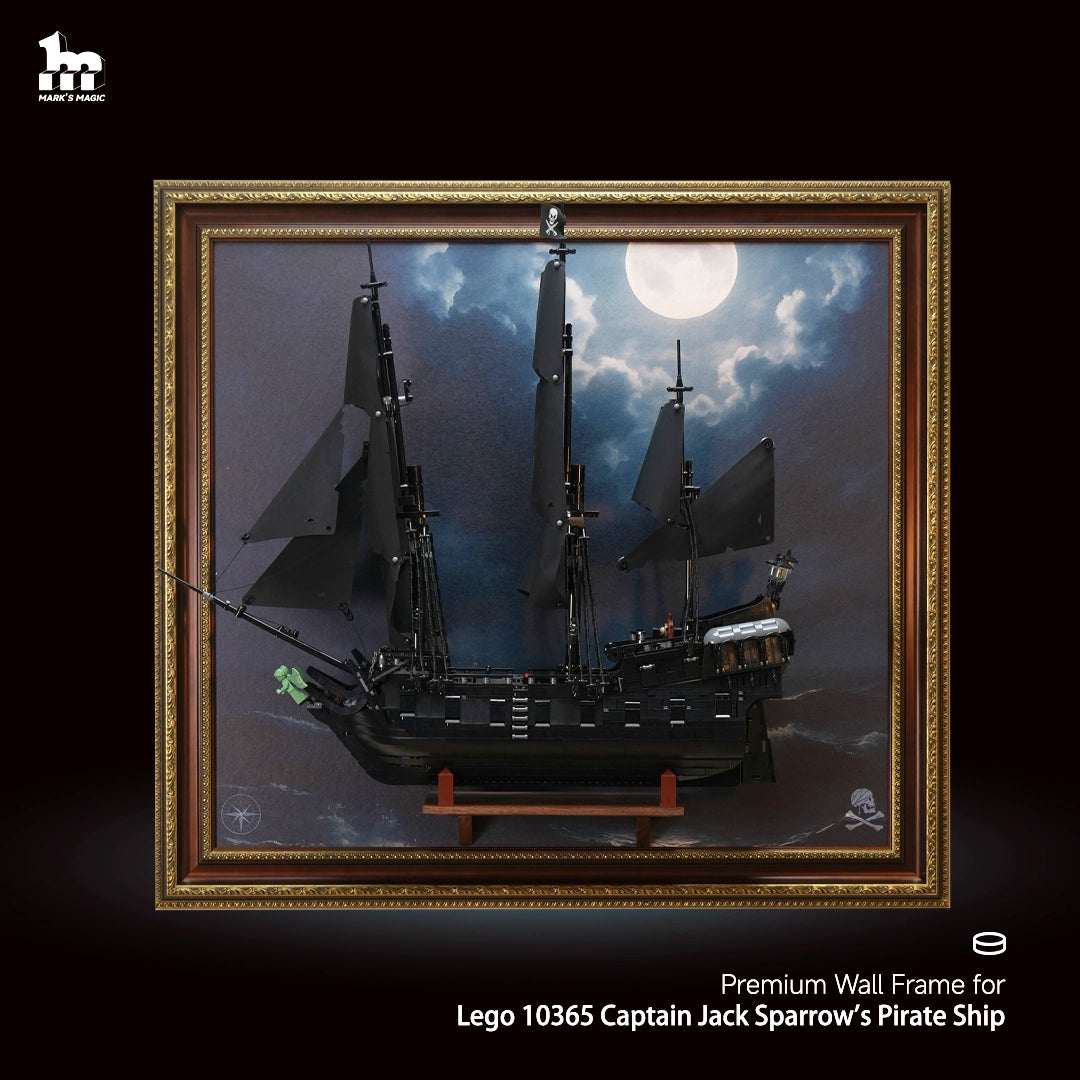
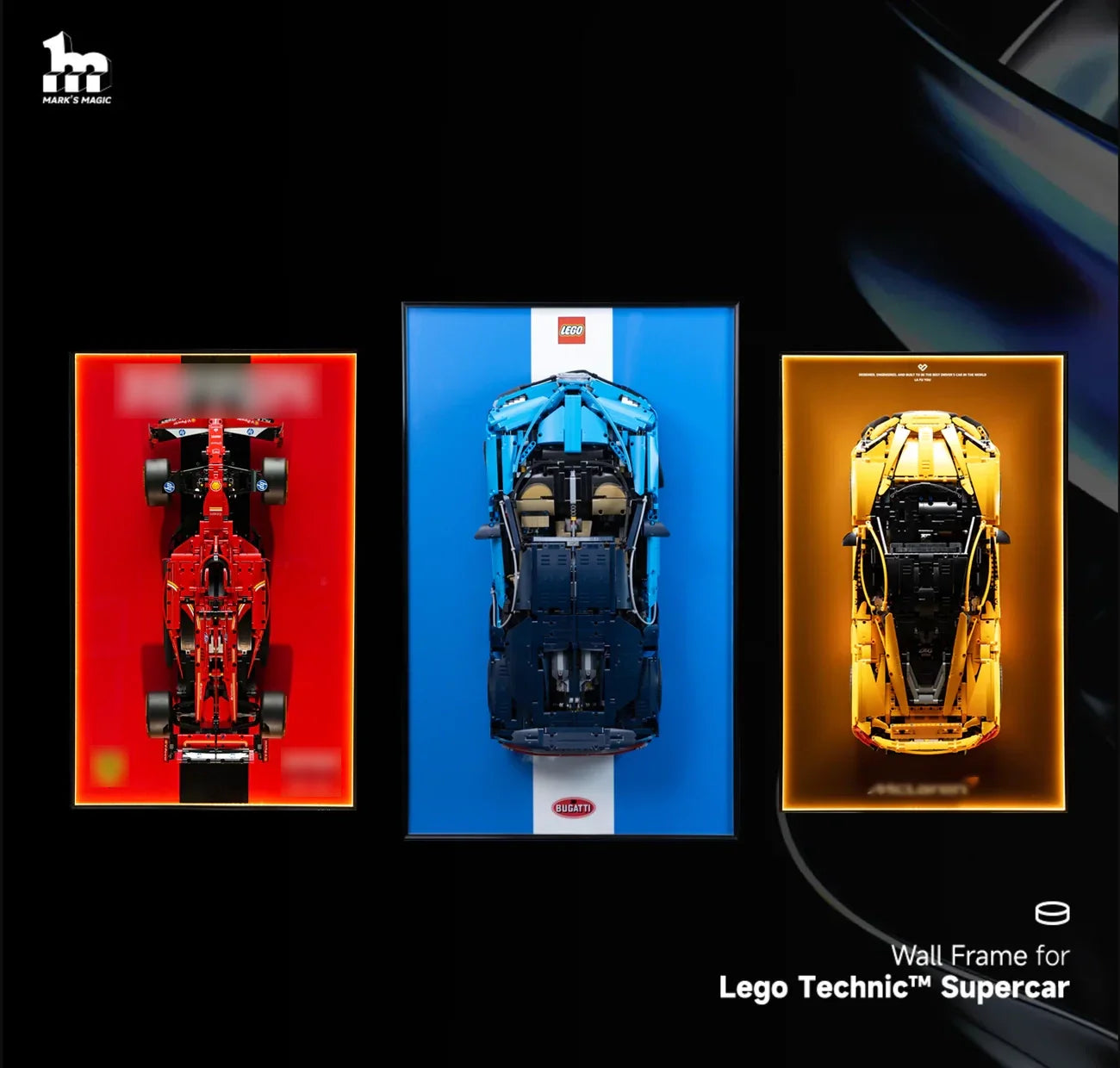

Leave a comment
This site is protected by hCaptcha and the hCaptcha Privacy Policy and Terms of Service apply.